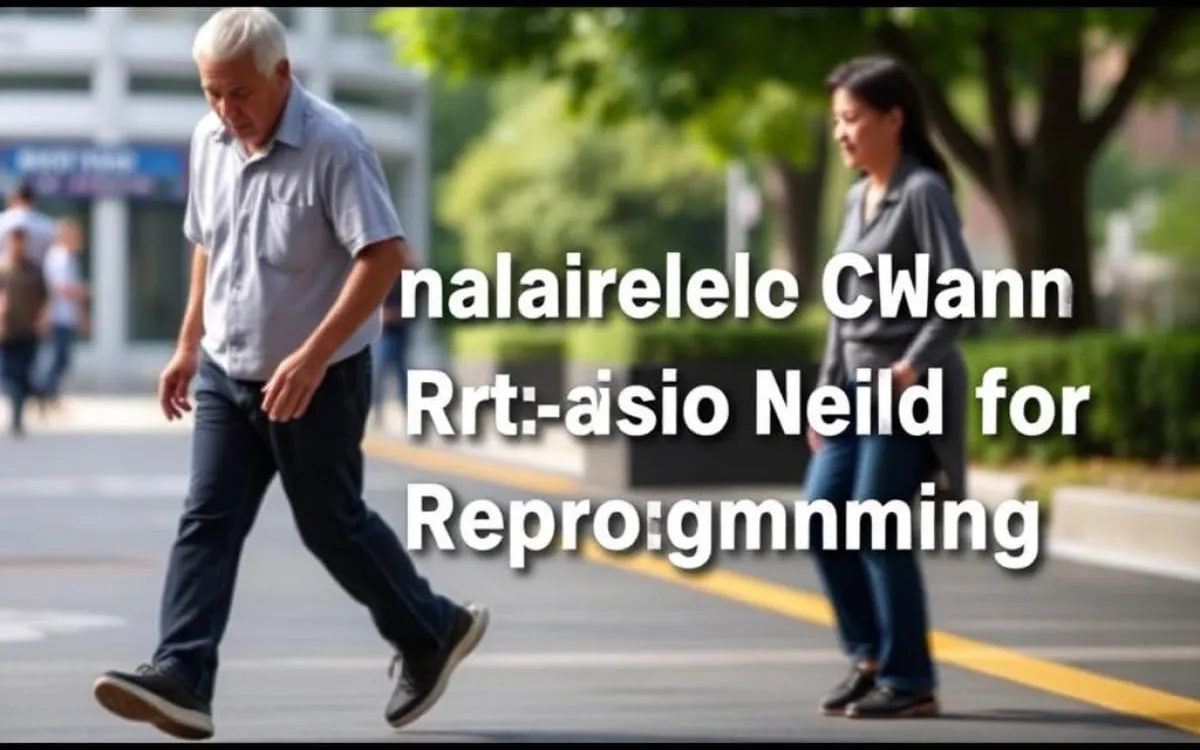
In a groundbreaking development, a stem cell specialist in Japan has made significant strides that could restore hope for many individuals with disabilities. This innovative research, led by Dr. Hideyuki Okano and his dedicated team at Keio University, involves a trial that has successfully enabled a paralyzed patient to stand up and regain mobility through a simple stem cell injection.
According to a report from the World Health Organization (WHO), approximately 1.3 billion people across the globe are living with significant disabilities. A substantial number of these individuals suffer from motor disabilities, rendering them unable to walk. This alarming statistic highlights the urgent need for effective treatments that can improve the quality of life for those affected.
Dr. Hideyuki Okano's research has demonstrated the potential of induced pluripotent stem cells (iPS cells) in restoring mobility. During the trial, the team administered an injection containing two million iPS cells to a paralyzed patient, aimed at "reprogramming" the patient's spinal cord. The spinal cord is a vital structure that transmits signals from the brain to the rest of the body; damage to this area can lead to severe paralysis.
As reported by the Japanese newspaper Asahi Shimbun on March 23, 2025, the administration of these iPS cells resulted in the production of new neurons and glial cells, which are essential for supporting and protecting the nervous system. This remarkable achievement marks a potential turning point in the treatment of spinal cord injuries.
Between 2021 and 2023, Dr. Okano's team treated a total of four patients, with two experiencing a remarkable recovery of their motor functions. Furthermore, the researchers reported no serious adverse effects in the year following the procedure, which bodes well for the safety of this innovative treatment. However, it is crucial to note that the injections were given shortly after the patients' accidents, specifically within two to four weeks. This timing may significantly influence the success of the treatment.
Despite these encouraging results, caution is advised. Australian neuroscientist James St John stressed the importance of further research in an interview for an article published in the journal Nature on March 24, 2025. He pointed out that the two patients who regained mobility might have experienced natural recovery, raising questions about the efficacy of the stem cell treatment. Additionally, it is important to recognize that the Japanese team's findings have not yet undergone peer review, which is a critical step in validating scientific research.
While the results from Dr. Okano's research represent a beacon of hope for those with disabilities, the scientific community awaits further studies to confirm these findings. As advancements in stem cell therapy continue to evolve, they hold the potential to transform the lives of millions facing mobility challenges worldwide.